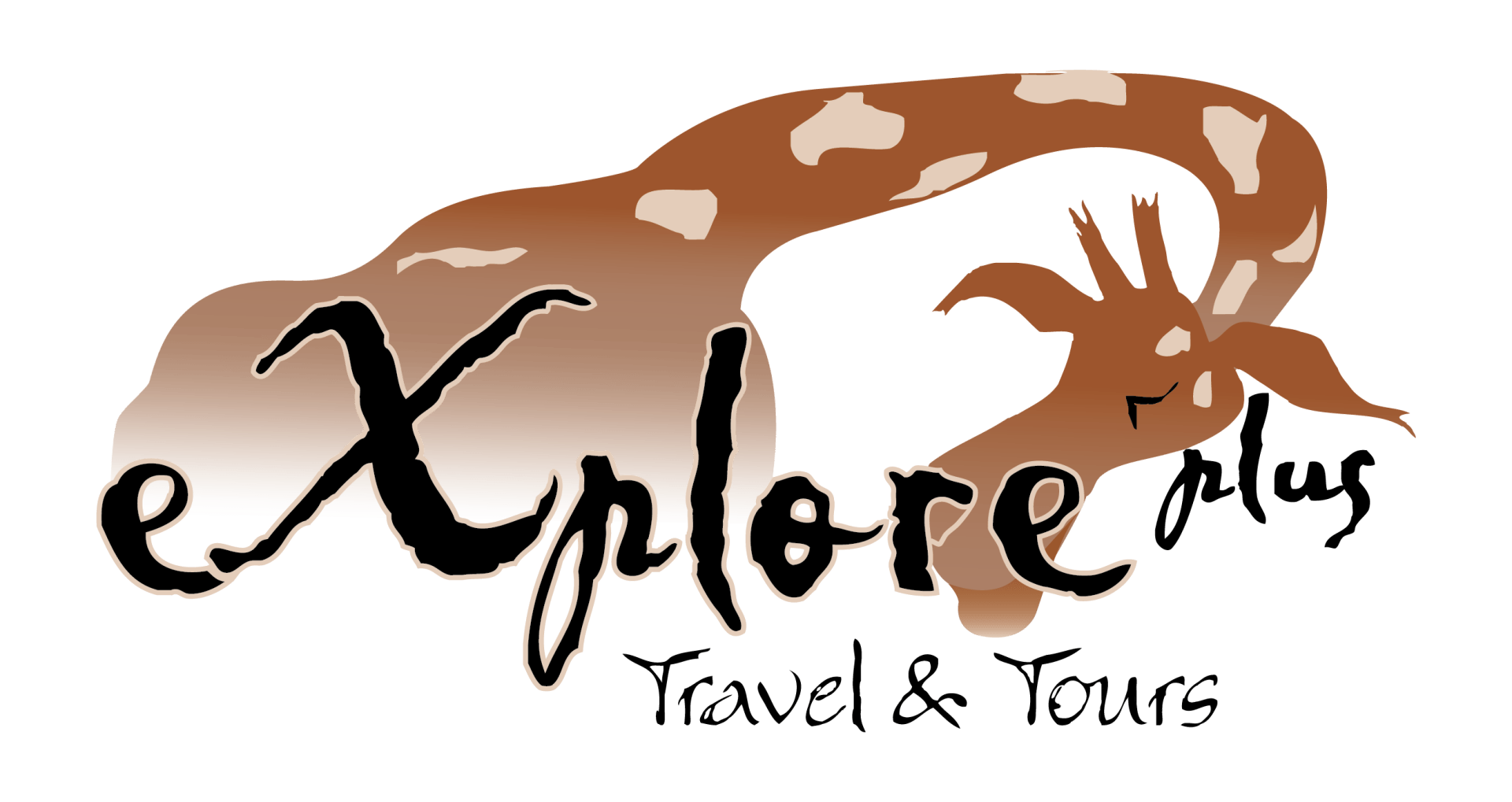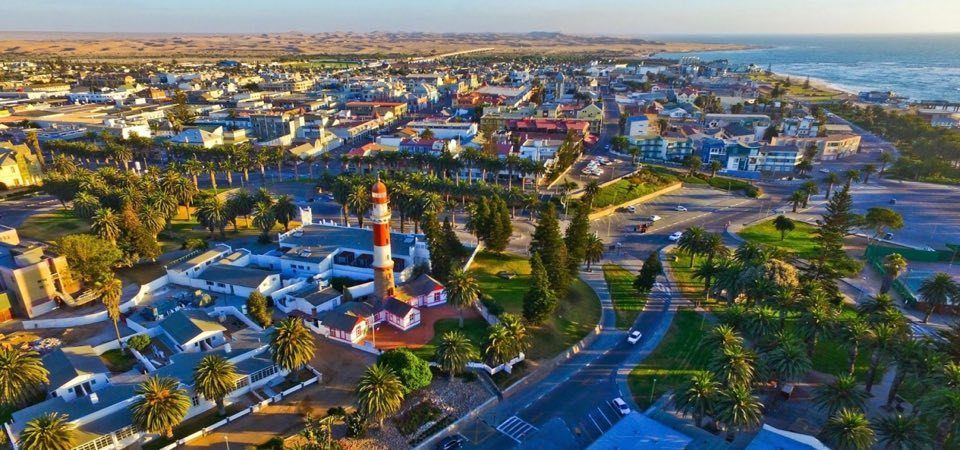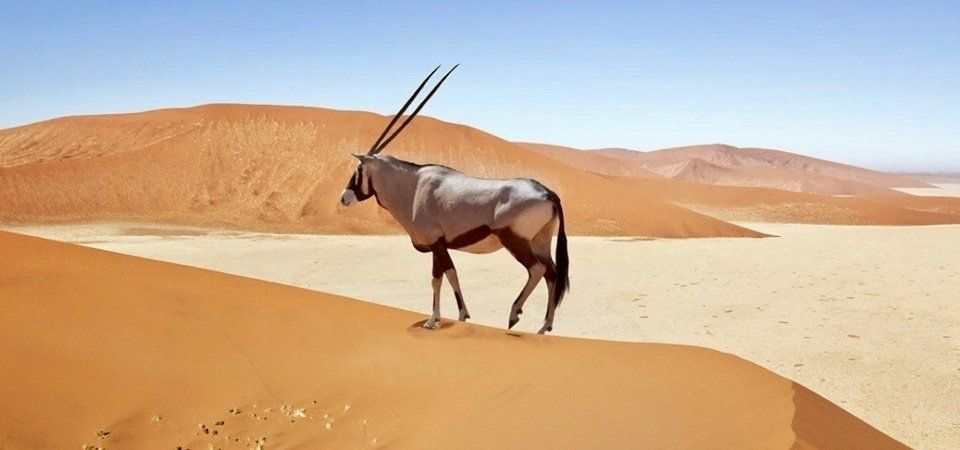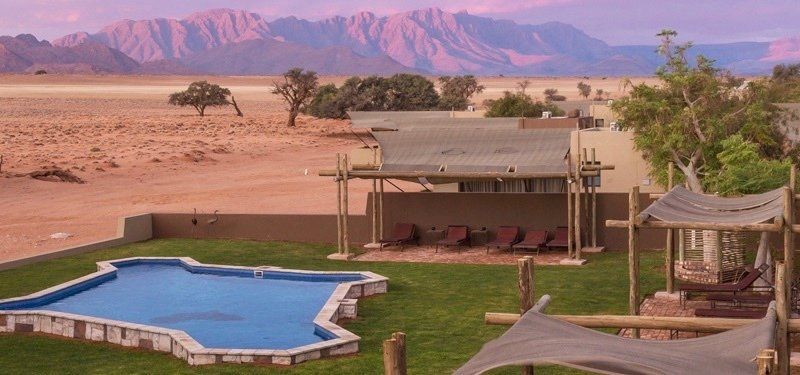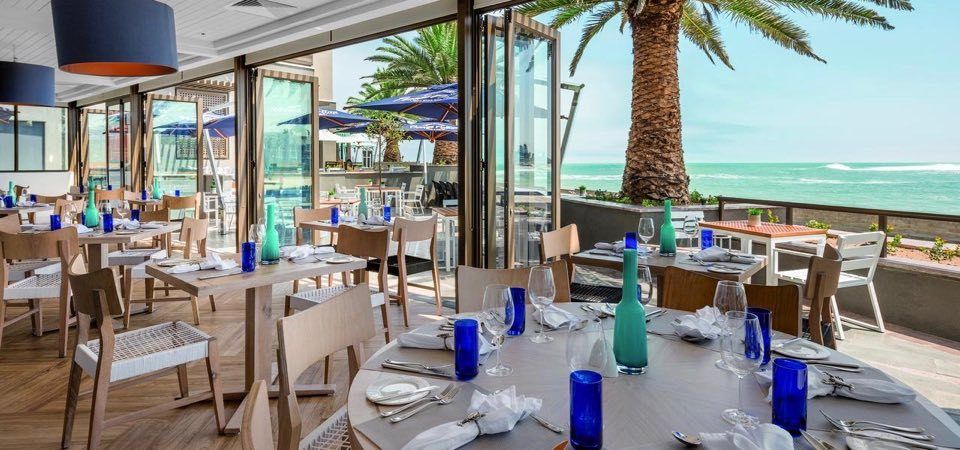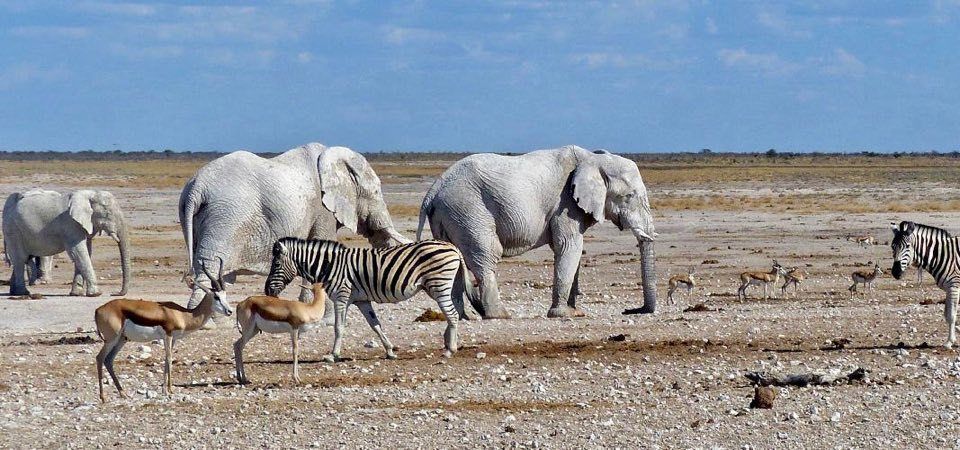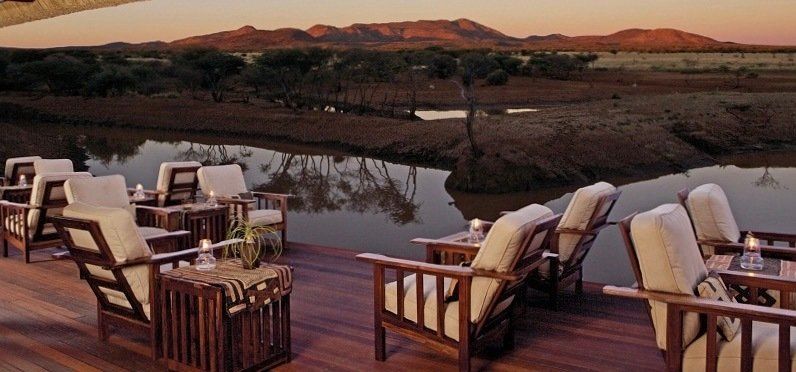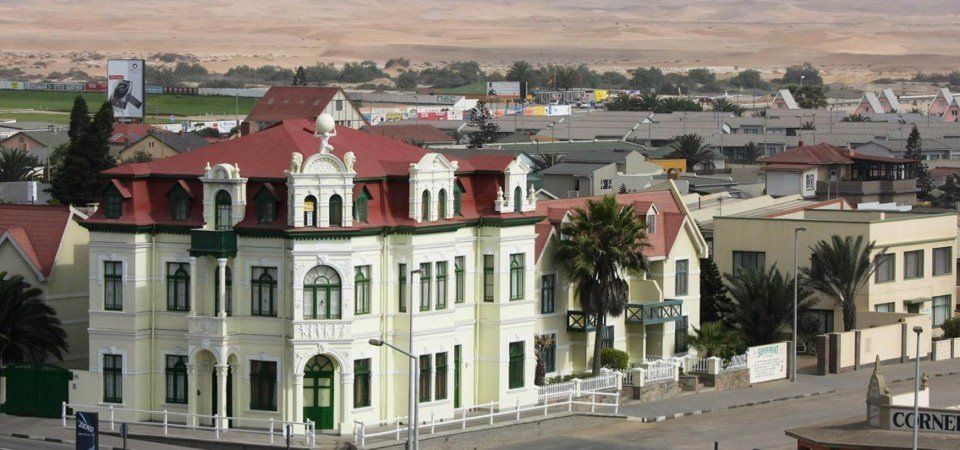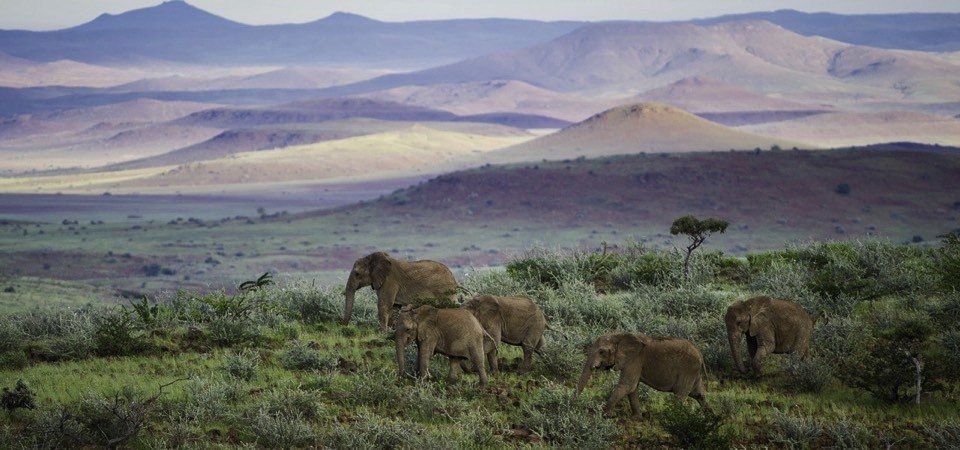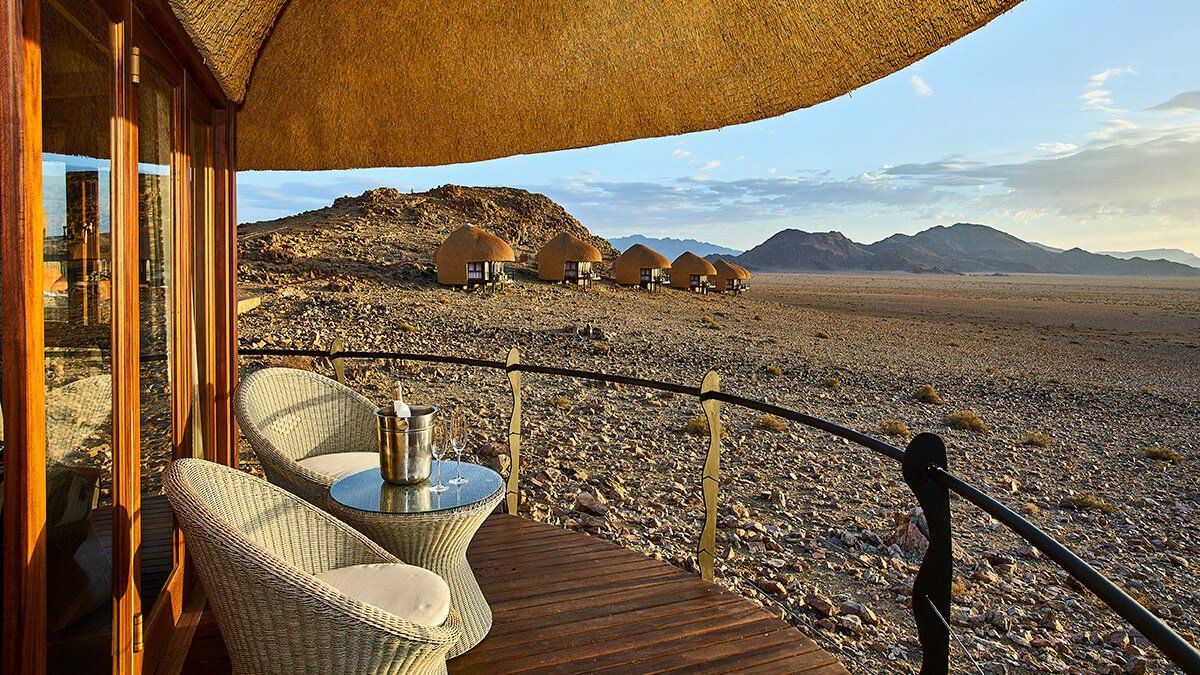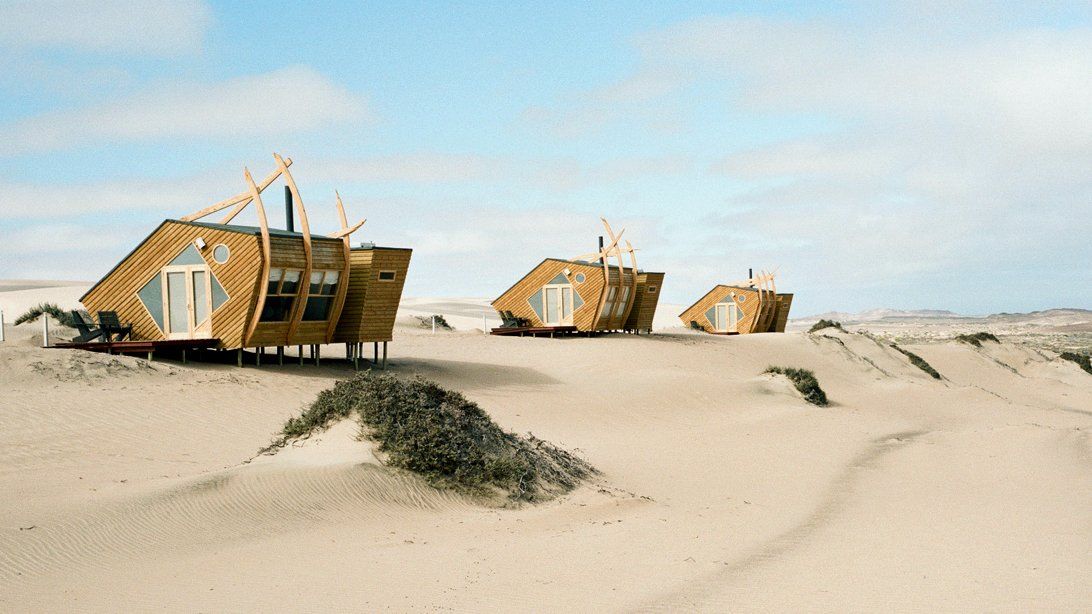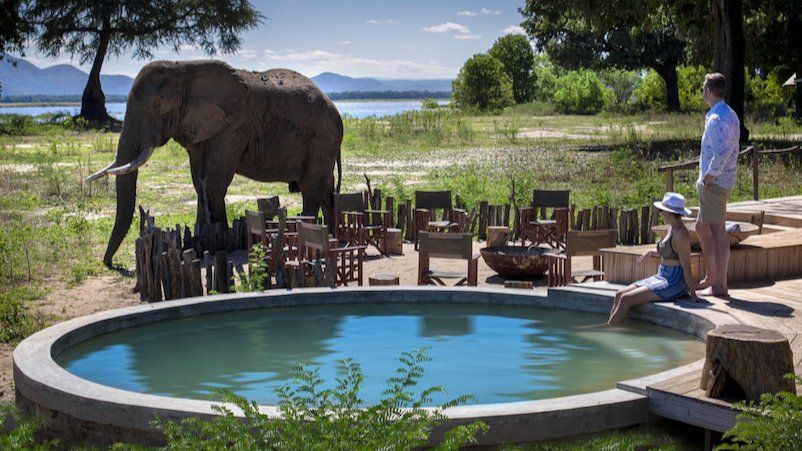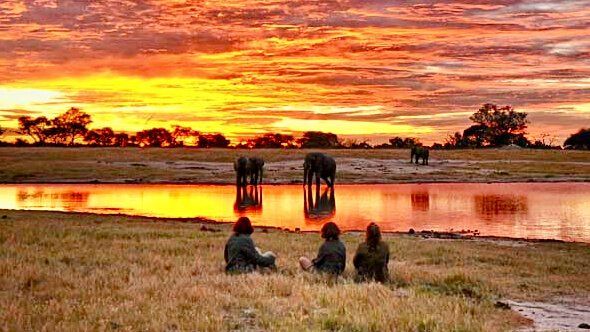Highlights of Namibia
Itinerary
Dates & Prices
Dates:
Rates:
| RAND Rate (SA residents ONLY) | USD Rate |
|---|---|
| Our website rates will be available soon | Our website rates will be available soon |
| (Excluding International flights & airline taxes) |
- Please request a quote from our Safari Specialists for the most current rates and availability.
- Please treat all pricing as a guide only.
- All rates are subject to increases beyond our control, including fuel price, government taxes and exchange rate fluctuations.
National Parks
Namib Naukluft Park (Sossusvlei)
Etosha National Park
Etosha National Park, translated as the 'Place of Mirages', Land of Dry Water' or the 'Great White Place', covers 22 270 km², of which over 5,000 km² is made up of saline depressions or 'pans'. The largest of these pans, the Etosha Pan, can be classified as a saline desert in its right. The Etosha Pan lies in the Owambo Basin, on the north-western edge of the Namibian Kalahari Desert. Until three million years ago it formed part of a vast, shallow lake that was reduced to a complex of salt pans when the major river that fed it, the Kunene, changed course and began to flow to the Atlantic instead. If the lake existed today, it would be the third largest in the world. Etosha Pan is the largest of the pans at 4 760 km² in extent. It is nowadays filled with water only when sufficient rain falls to the north in Angola, inducing floods to flow southward along the Cuvelai drainage system. The Park consists of grassland, woodland and savannah. Game-viewing centres around the numerous springs and waterholes where several different species can often be seen at one time. The Park boasts some 114 mammal and over 340 bird species. Wildlife that one might see includes elephant, lion, giraffe, blue wildebeest, eland, kudu, gemsbok (oryx), zebra, rhino, cheetah, leopard, hyena, honey badger and warthog, as well as the endemic black-faced impala.
